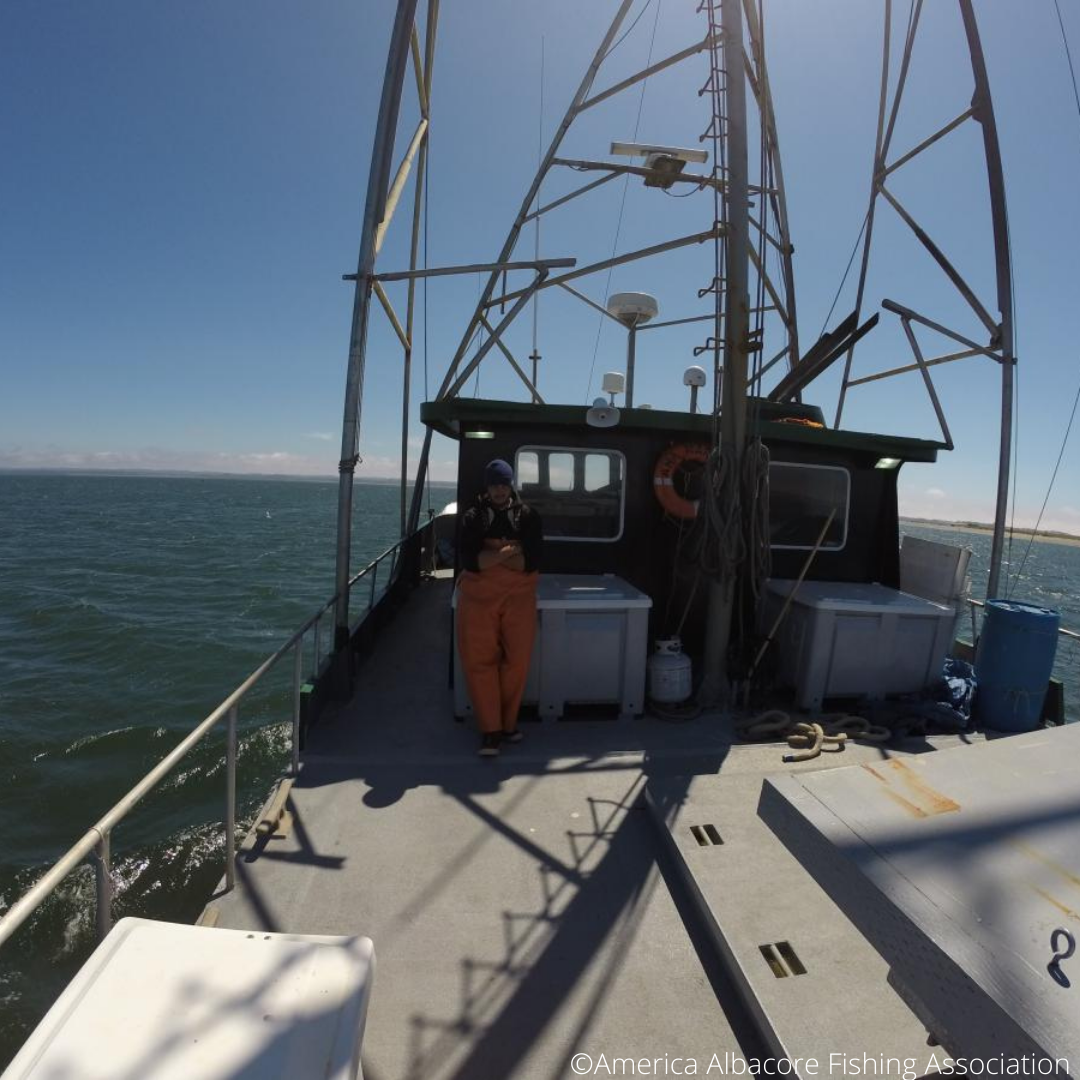
AAFA South Pacific troll albacore

Location & History
The American Albacore Fishing Association (AAFA) South fishery merged with the American Western Fish Boat Owners Association (WFOA) South Pacific fishery, in 2014. Generally the fishery operates off of the Pacific West Coast of the United States, which is divided into two fishery subsets; North and South. The fishery supplies the US and global markets with mostly canned albacore, with some produce being sold as fresh or frozen.
How is the Tuna Caught?
Trolling is a popular one-by-one fishing method. During troll fishing, artificial lures on barbless hooks are pulled at a slow speed through the water from varying lengths of line that are attached to the back of the boat. The disturbance of the surface waters caused by the dragging, resembles the movements that small fish make and attracts the tuna to the boat. When a tuna is caught, the fisher hauls in the line and removes the tuna, returning that same hook and line to the water, after.
This gear type is very selective, which means it catches only albacore tuna. Non-target species (also known as bycatch) are animals that the fishery doesn’t want to catch, such as dolphins, turtles or sharks. The use of a single hook and line per fisher means that there is very little bycatch, and because fishing takes place at the surface of the ocean, there is virtually no negative impact on different marine habitats.
Unique Features
Both AAFA and WFOA recruit their fishing crew the old-fashioned way by-word-of-mouth, meaning the employees are generally local residents. The fishery provides good livelihoods for the local people, and the fishers form a close-knit community.
Gallery
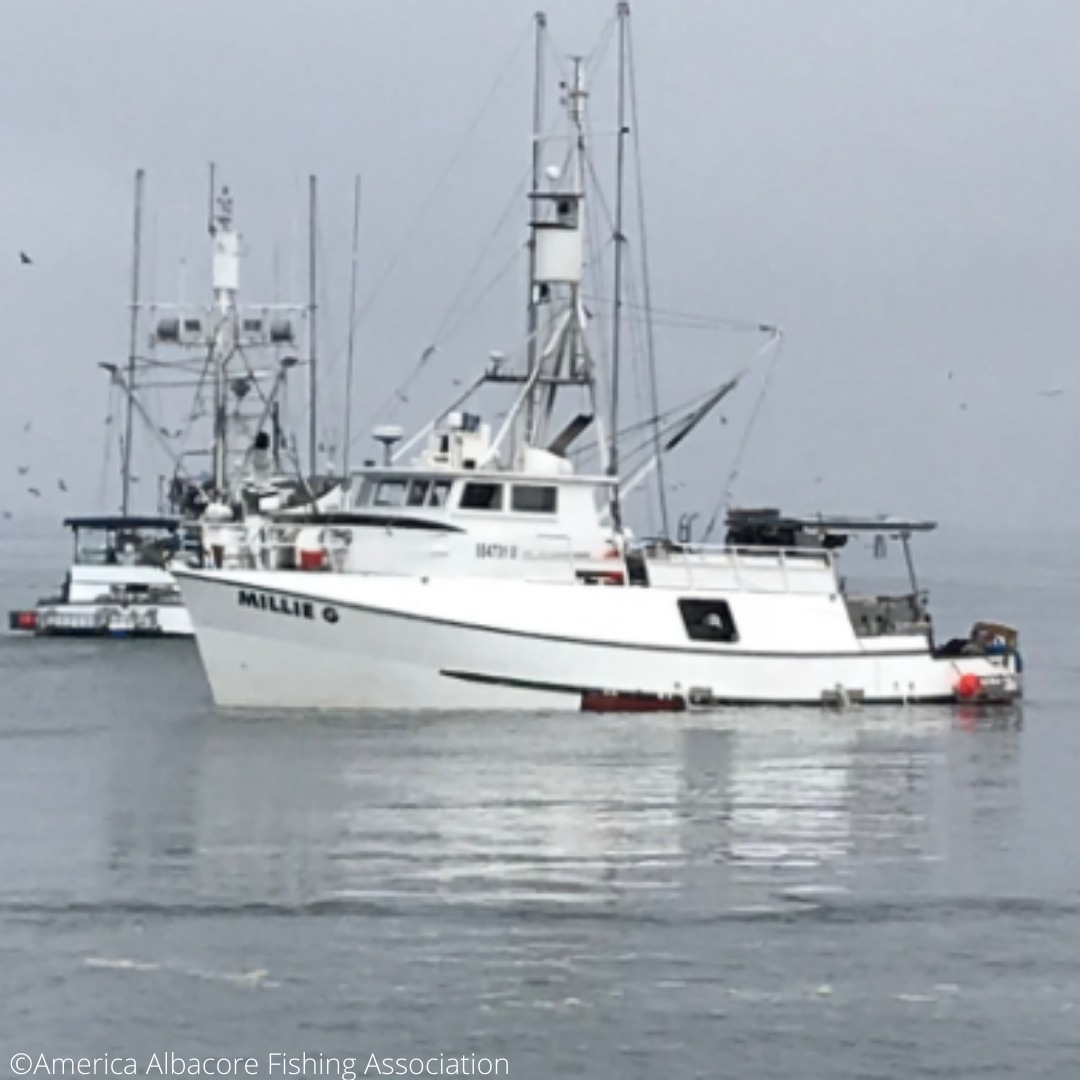
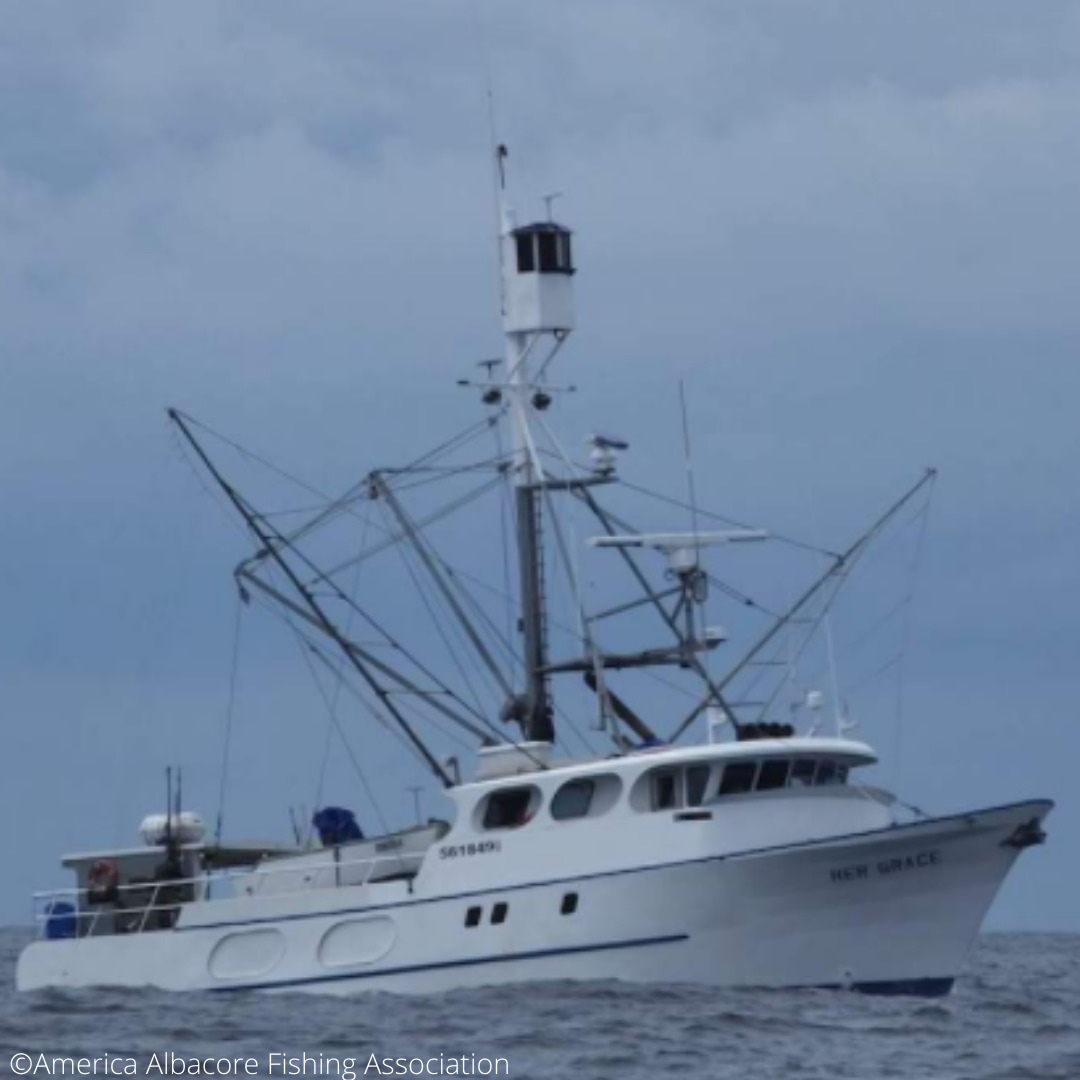
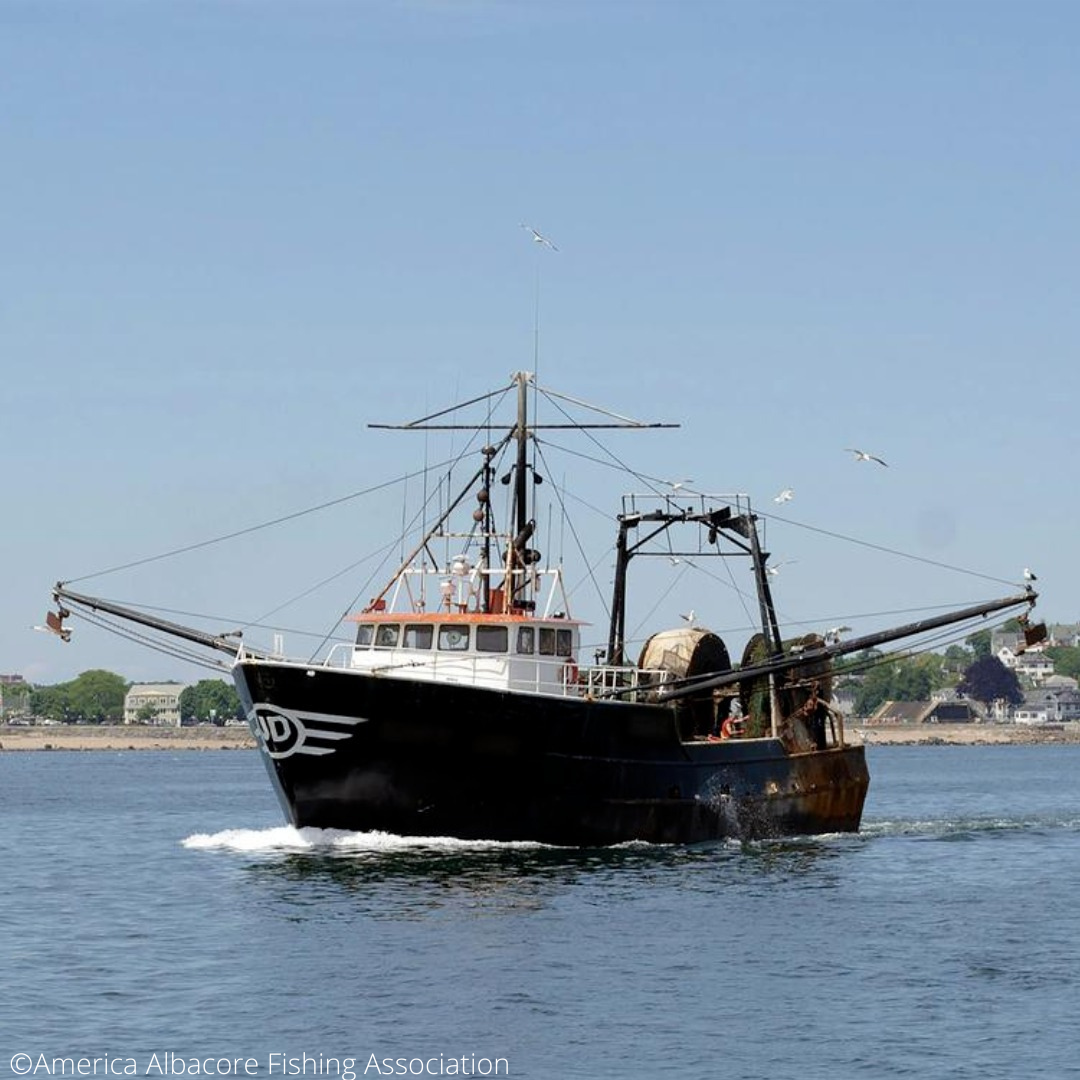
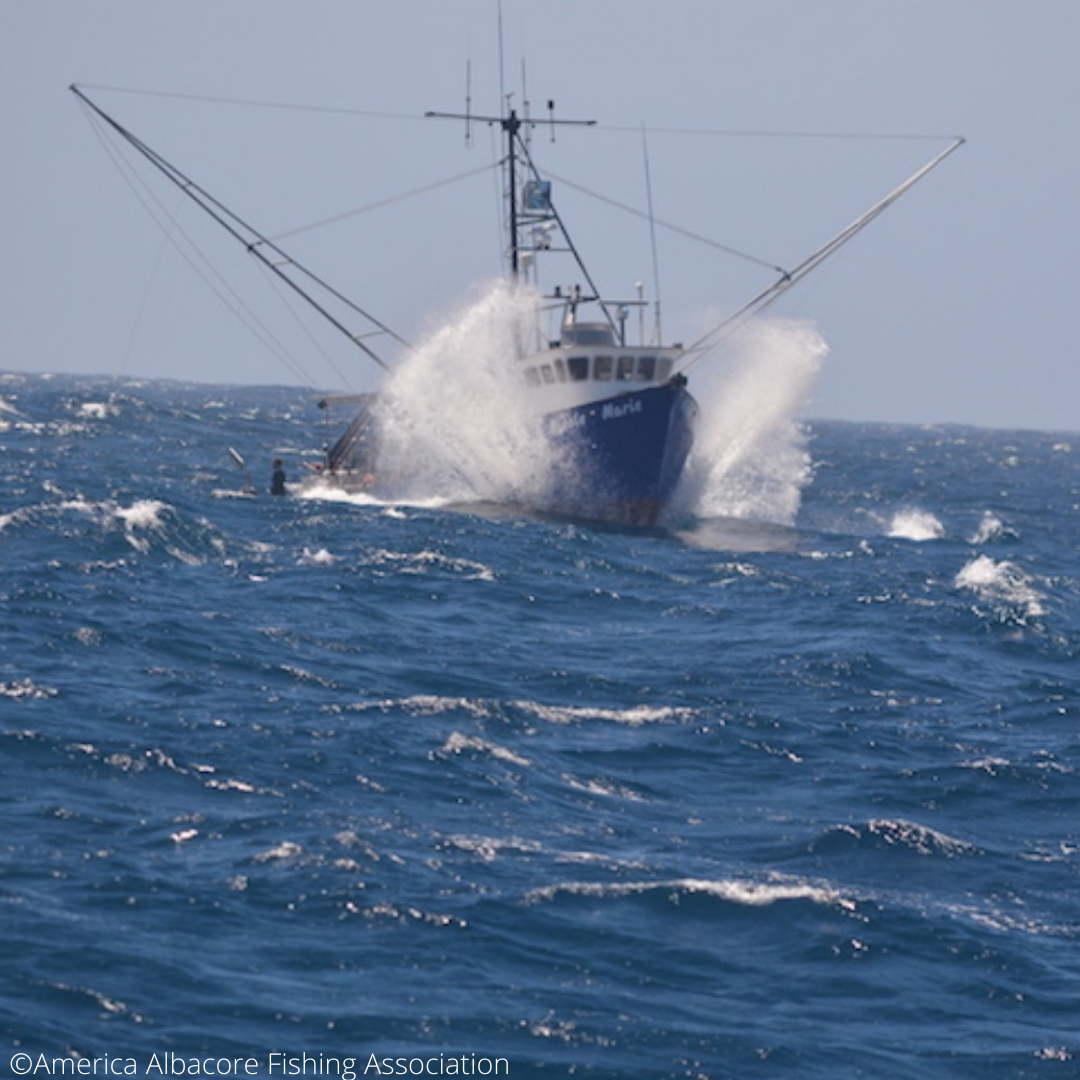
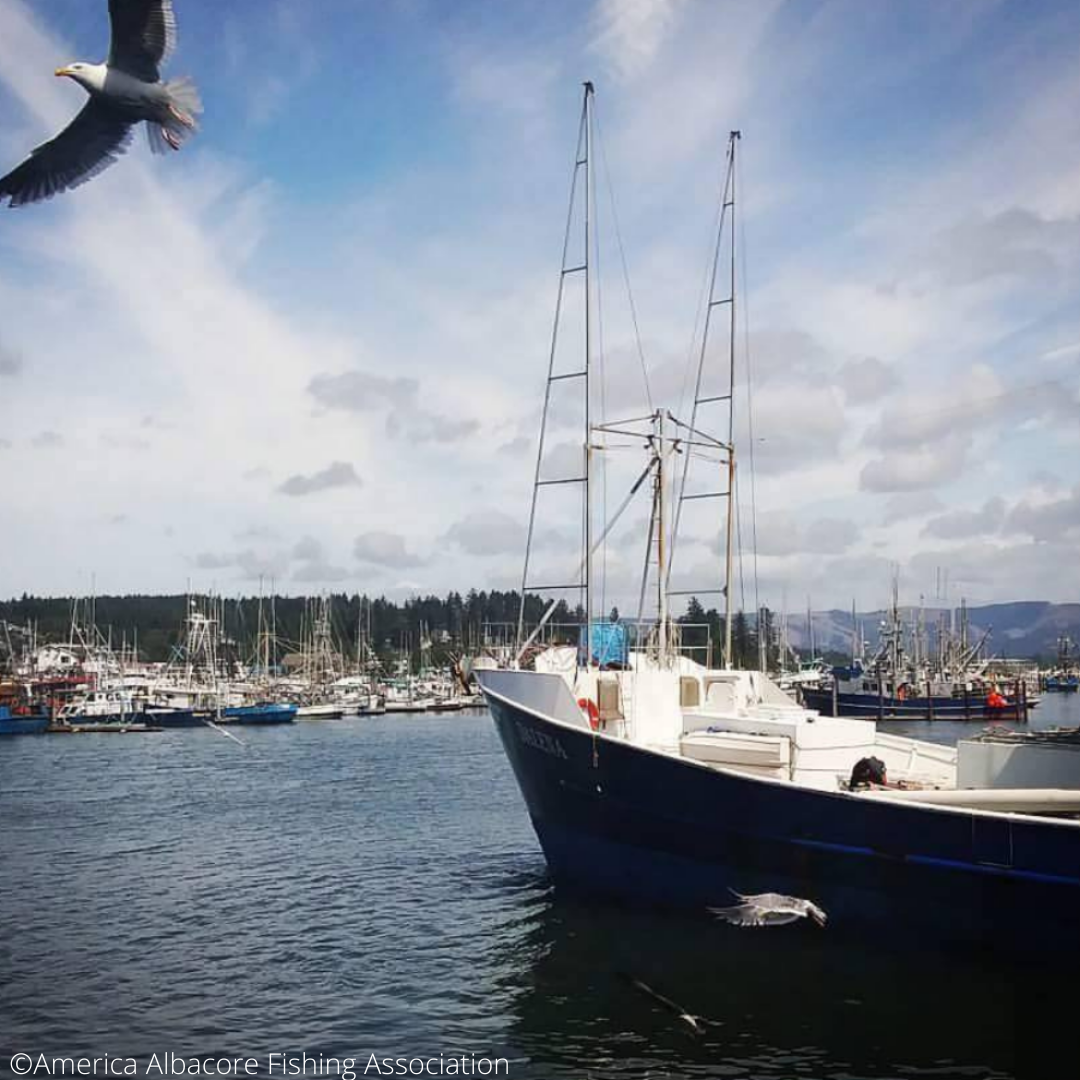
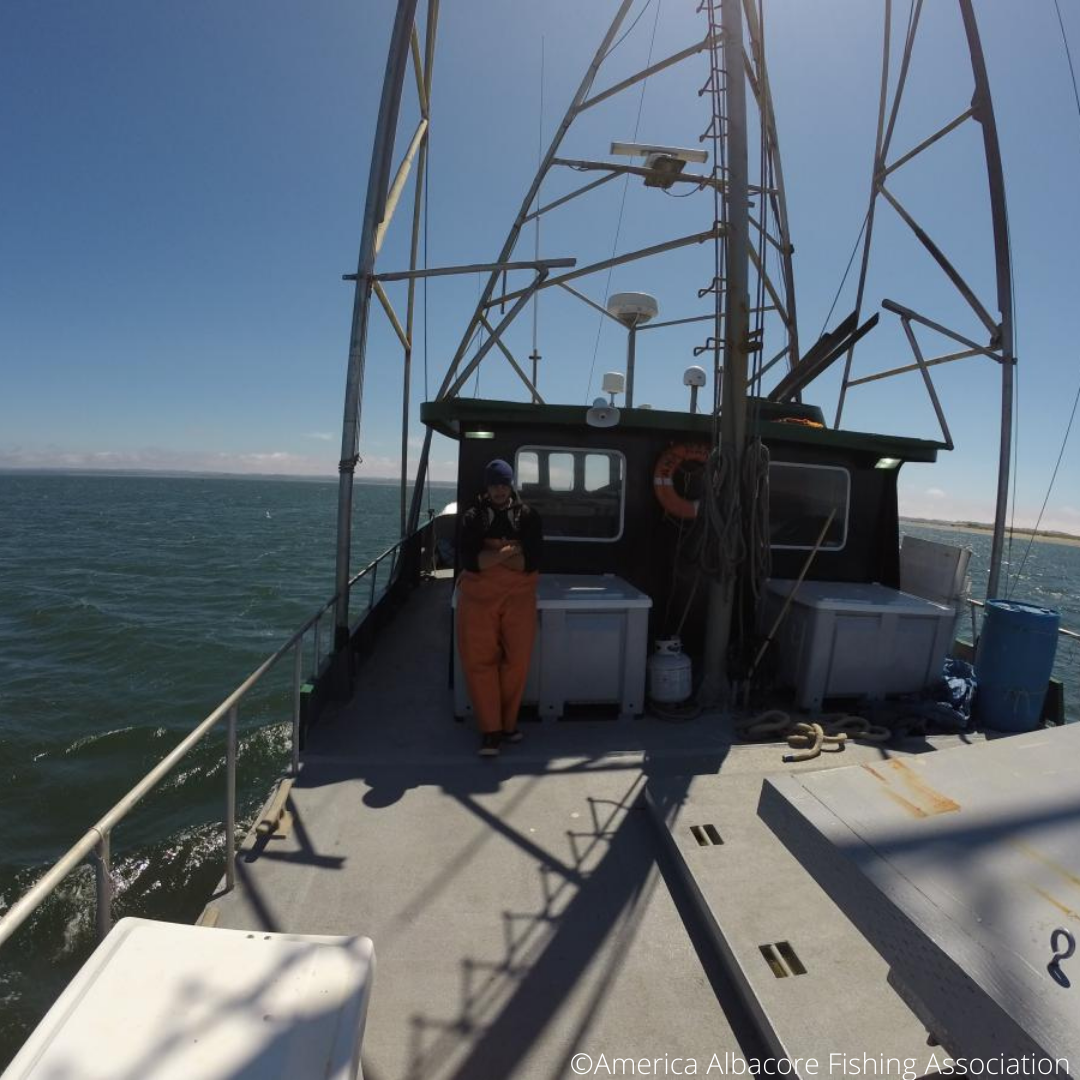
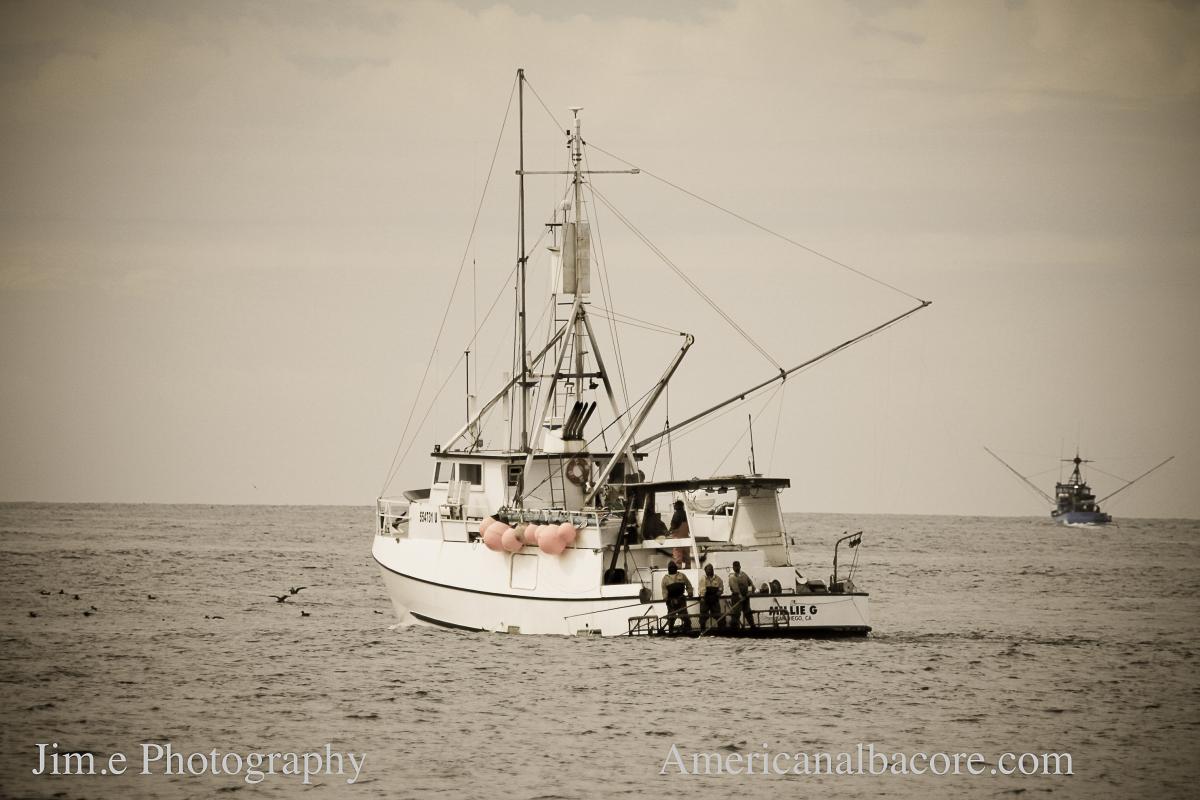

Meet the Fishers
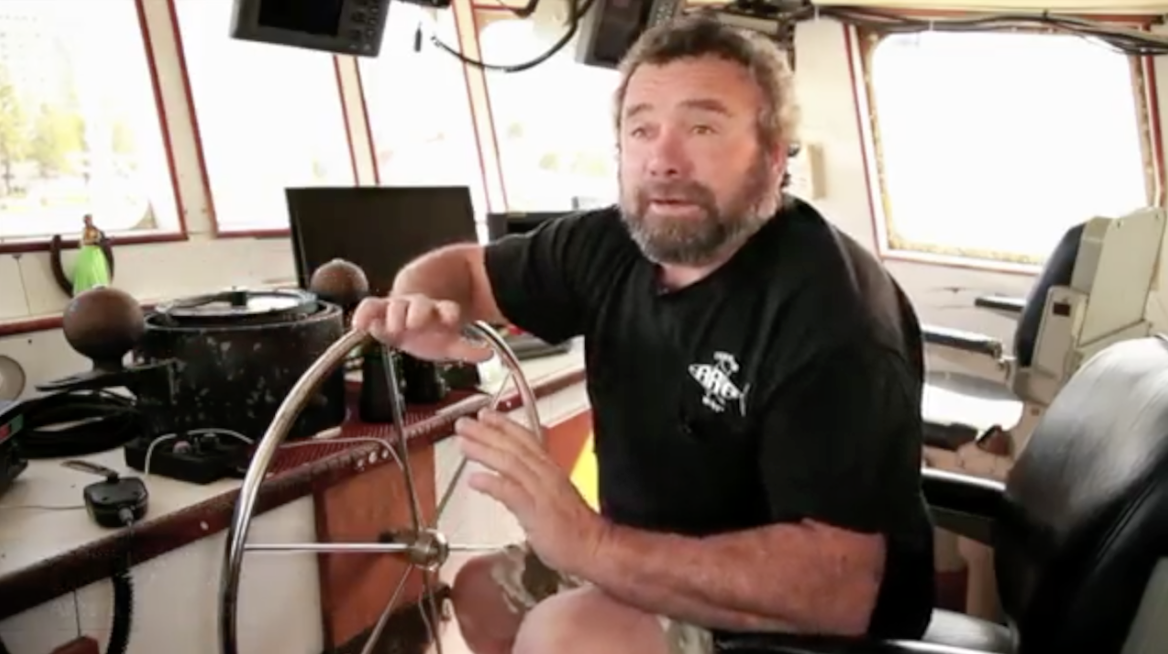
Arthur Lorton
Profession: Captain, F/V Sea Haven
This is artisanal fishing, the same way they have been fishing since the 20s. When you start at 5am and finish at 11pm there is still no place you would rather be at the end of the day. Jack loves what he does and has been doing it for his whole life.
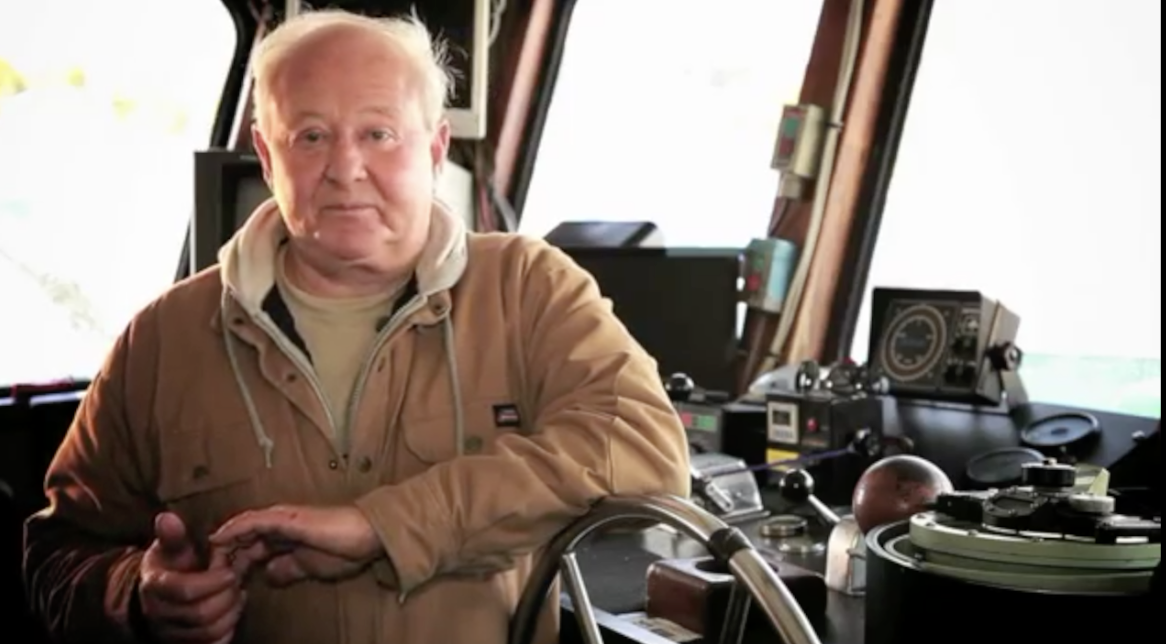
Brent Bixler
Profession: Captain, F/V Royal Dawn
There is a choice to buy a product from a safe and sustainable fishery, where quality is assured as well as good conservation practices.

Typical Vessel
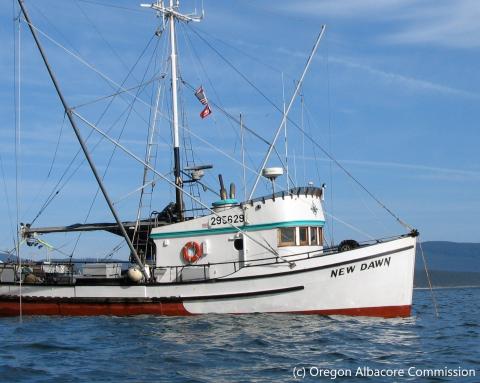
| Item | Value |
|---|---|
| Crew Size | 6 |
| Size Range (m) | 27 |
| Details of Type of Engine | HP power 500 |
| Hold Capacity | 113 t |
| Onboard Cold Storage? | Yes |
Target Species
Albacore Tuna

Fishing Gear
Trolling
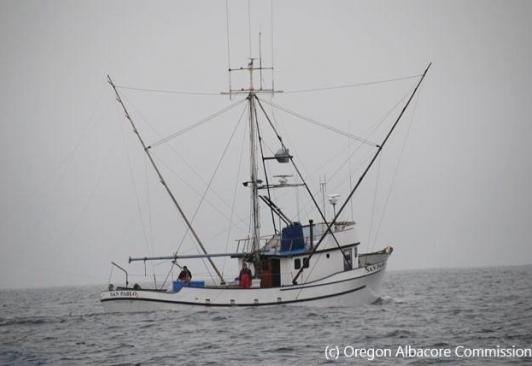
Traceability
Traceability systems are used in food supply chains to track a product from production to consumption. They assist with ensuring that standards and regulations are met throughout the supply chain, which is very important for products that travel across the globe, such as tuna.
Good traceability reduces contamination, disease, and spoilage. In the case of seafood, it also helps to maintain sustainable fish stocks in the oceans so we can keep enjoying tuna for years to come.
Most importantly, traceability provides transparency through the supply chain, allowing all parties including the consumer access to information about the products they are buying.
A regulation of all American Tuna products, all albacore products are fully traceable down to vessel name and who was captain at the time of catch. This information can be made directly available to the consumer upon request.
Find Out MoreFishery Association
What is an industry association?
Industry associations are responsible for enforcing industry specific standards and regulations to protect employees and companies within that industry. They have a range of responsibilities such as providing industry specific information to businesses and useful resources, engaging in education programs, and supporting businesses so that they can reach and maintain industry standards.
Another important role of an industry association is lobbying governing bodies to take action on issues that are affecting the industry in question.
What is a fishery association?
Fishery associations are generally not-for-profit organisations that represent fisheries in one area of the world. Fishery associations are important for small-scale and artisanal fisheries, to defend their rights in a competitive industry and lobby governments for their support of these fisheries.
These associations ensure fishers are protected as employees in this industry, and that fish stocks are being managed appropriately to ensure the fishers trade will continue and be prosperous. Some associations represent employees throughout the supply chain, from fishers, to processors, to distributors, protecting the workforce from the source to your plate.
American Albacore Fishing Association (AAFA)
AAFA (American Albacore Fishing Association) is an American non-profit organisation representing commercial pole-and-line vessels, run by a collective of American fishers who operate in the Pacific Ocean.
AAFA seeks to ensure responsible fishery management practices and the participation of vital fishing communities. It supports education regarding responsible fishing methods and promotes the health benefits of tuna consumption along with environmental benefits of sustainable fishery practices. AAFA strives to ensure the economic viability of pole-and-line fisheries now and into the future.
AAFA’s pole-and-line and troll albacore tuna fishery was the first Marine Stewardship Council certified tuna fishery worldwide, receiving full certification in August 2007.
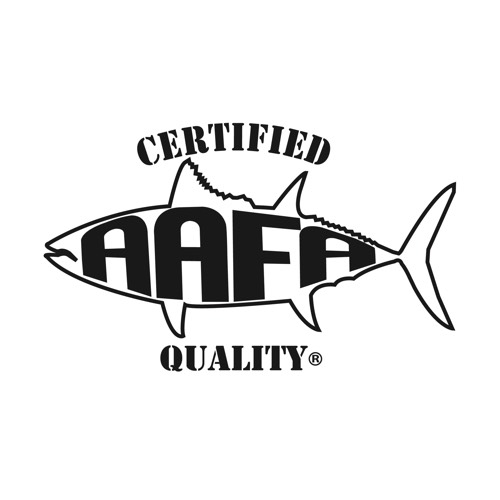

Regional Fisheries Management Organisations
Inter-American Tropical Tuna Commission (IATTC)
Regional fisheries management organisations (RFMOs) are international bodies formed to manage fish stocks in an oceanic area. They include several countries with fisheries operating in that area, and some focus on particular species such as tunas. They are established through international agreements and treaties. RFMOs typically collect fishery statistics, assess fish stock conditions, monitor fishery activity and make fishery management decisions.
The Inter-America Tropical Tuna Commission (IATTC) is an RFMO that is responsible for the management of tuna and tuna-like species throughout the Eastern Pacific Ocean. Established in 1949, this is the oldest of the existing tuna RFMOs, originally being set up for scientific research only.
Stock Status Reports
Albacore Stock Status
2022-11-01The stock status of a fish species signifies whether a species is 'overexploited', 'fully exploited' or 'underexploited'. Different organisations use different parameters to assign these labels. For example, the Food and Agricultural Organisation of the United Nations (FAO) deems any species to have less than 40% of it’s ‘unfished biomass’ to be overexploited.
The aim of assigning stock status to a species is to ensure that catches are kept at a level where future catches will not be affected, in other words, to maintain a healthy, viable population of fish.
In addition to biomass, spawning potential, catch trend and size-age composition may be used to determine stock status. These are important factors to consider as some species are more resilient than others and have different ecological features. For example, albacore tuna are unique in the sense that their primary food source is cephalopods, whereas other tuna species typically target fish as their primary food source. This unique aspect of albacore ecology is important to consider as their overexploitation will have an effect on other trophic levels.
Western and Central Pacific Fisheries Commission (WCPFC)
Regional fisheries management organisations (RFMOs) are international bodies formed to manage fish stocks in an oceanic area. They include several countries with fisheries operating in that area, and some focus on particular species such as tunas. They are established through international agreements and treaties. RFMOs typically collect fishery statistics, assess fish stock conditions, monitor fishery activity and make fishery management decisions.
The Western and Central Pacific Fisheries Commission (WCPFC) was established by the Convention for the Conservation and Management of Highly Migratory Fish Stocks in the Western and Central Pacific Ocean (WCPF Convention). The Commission seeks to manage issues that arise in high-seas fisheries, to prevent overexploitation of highly migratory fish stocks.
Stock Status Reports
South Pacific Albacore Tuna Stock Status
2022-02-17The stock status of a fish species signifies whether a species is 'overexploited', 'fully exploited' or 'underexploited'. Different organisations use different parameters to assign these labels. For example, the Food and Agricultural Organisation of the United Nations (FAO) deems any species to have less than 40% of it’s ‘unfished biomass’ to be overexploited.
The aim of assigning stock status to a species is to ensure that catches are kept at a level where future catches will not be affected, in other words, to maintain a healthy, viable population of fish.
In addition to biomass, spawning potential, catch trend and size-age composition may be used to determine stock status. These are important factors to consider as some species are more resilient than others and have different ecological features. For example, albacore tuna are unique in the sense that their primary food source is cephalopods, whereas other tuna species typically target fish as their primary food source. This unique aspect of albacore ecology is important to consider as their overexploitation will have an effect on other trophic levels.
North Pacific Albacore Tuna Stock Status
2021-03-25The stock status of a fish species signifies whether a species is 'overexploited', 'fully exploited' or 'underexploited'. Different organisations use different parameters to assign these labels. For example, the Food and Agricultural Organisation of the United Nations (FAO) deems any species to have less than 40% of it’s ‘unfished biomass’ to be overexploited.
The aim of assigning stock status to a species is to ensure that catches are kept at a level where future catches will not be affected, in other words, to maintain a healthy, viable population of fish.
In addition to biomass, spawning potential, catch trend and size-age composition may be used to determine stock status. These are important factors to consider as some species are more resilient than others and have different ecological features. For example, albacore tuna are unique in the sense that their primary food source is cephalopods, whereas other tuna species typically target fish as their primary food source. This unique aspect of albacore ecology is important to consider as their overexploitation will have an effect on other trophic levels.
